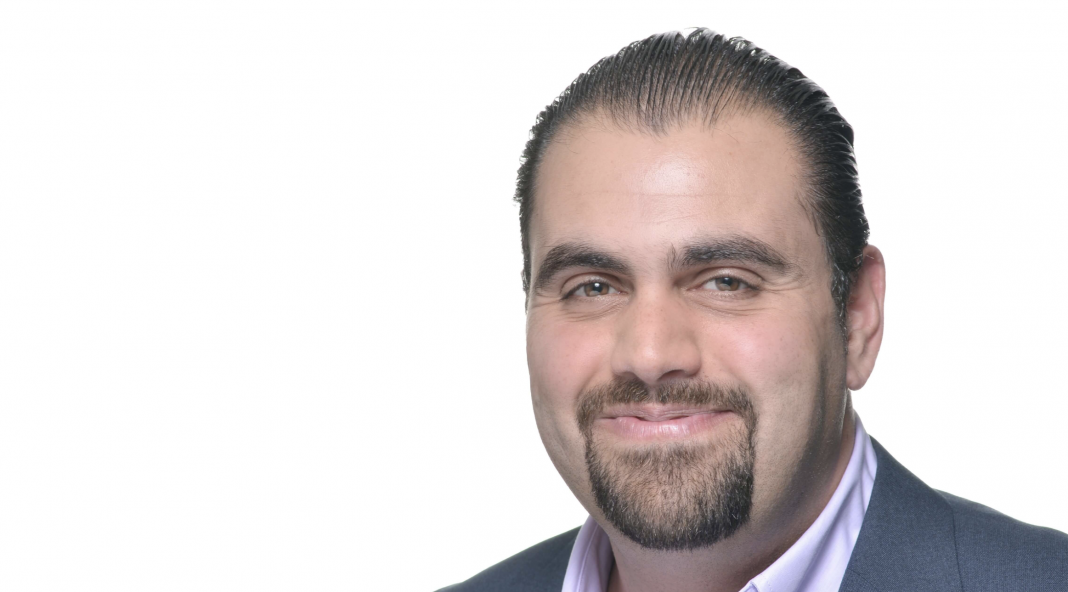An three-year project using artificial intelligence to revolutionising the railway industry has been launched by the University of Derby and Sperry Rail.
Funded by Innovate UK, the Knowledge Transfer Partnership will investigate the application of AI to automatically detect cracks in railway lines.
Dr Alaa AlZoubi, Senior Lecturer in Computer Science at the University of Derby, is leading the project. He said: “Sperry Rail are world-leaders in rail health solutions. Our partnership to develop advanced AI for railway surface inspections highlights our commitment to innovation and strong academic-industry collaboration.
“This project offers a unique opportunity to integrate novel AI technologies with a deep understanding of railway inspection needs, driving greater efficiency and intelligence in the industry.
“While existing inspection methods are effective, they often require significant time and labour resources. By integrating cutting-edge AI models with railway inspection protocols, this initiative will create automated systems capable of data analysis and predictive maintenance, reducing false detections, minimising service disruptions, and extending the lifespan of railway assets.
“It also provides a valuable platform for knowledge exchange and showcases the transformative potential of academia-industry collaboration in developing solutions that advance technology and its real-world applications.”
Bobby Gilbert, Senior Director Digital Transformation at Sperry Rail, said: “I am excited to be working in partnership with the University of Derby.
“By combining our expertise in non-destructive testing for rail flaws with advanced AI developments and the knowledge available through the University, we are well-positioned to accelerate our efforts in improving rail flaw detection. I am impressed by the calibre of the University research team, who significantly enhance the strength of our data science team.
“I believe we will see our existing AI technology greatly enhanced by developing new AI in the area of data fusion.”



